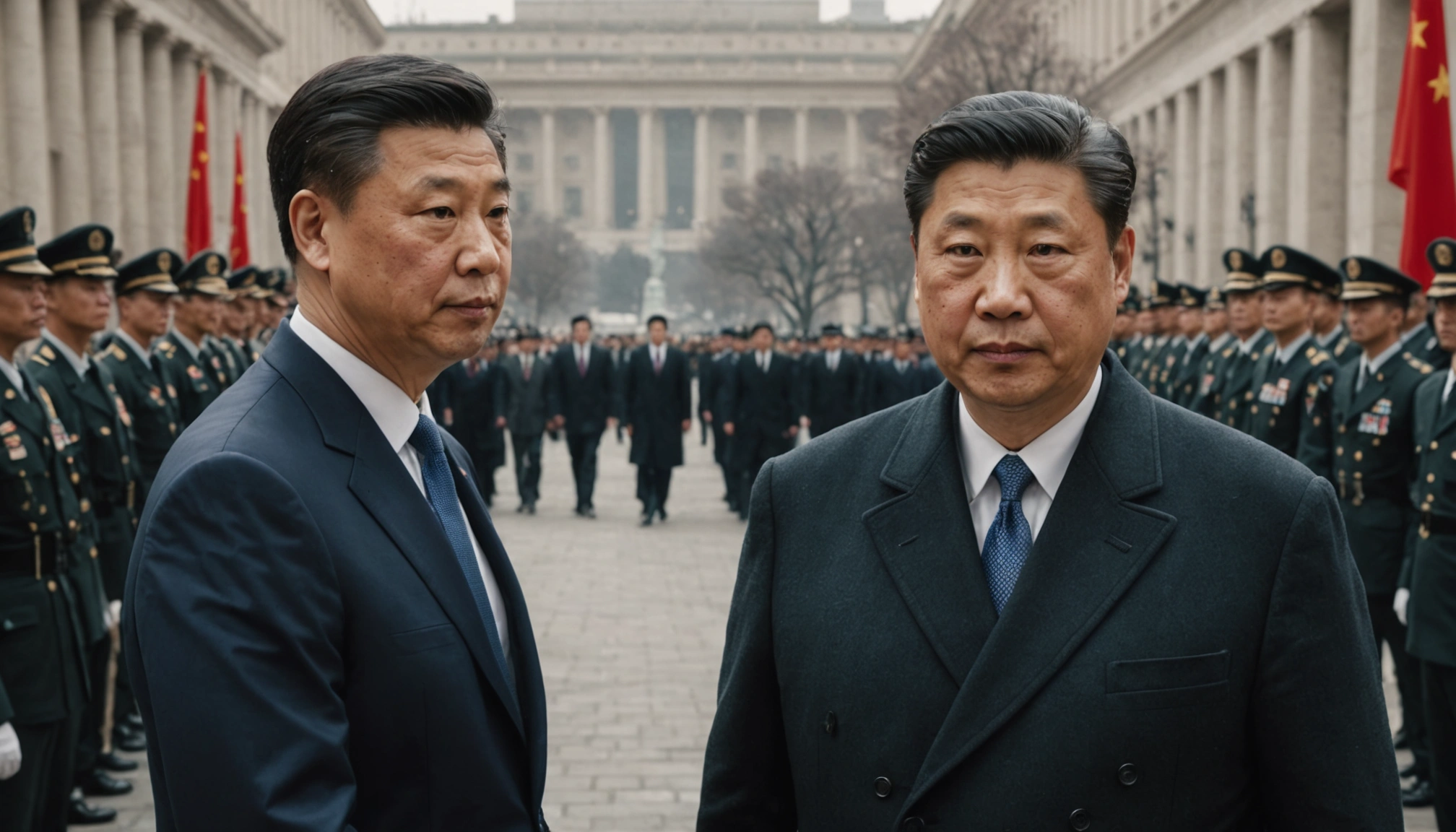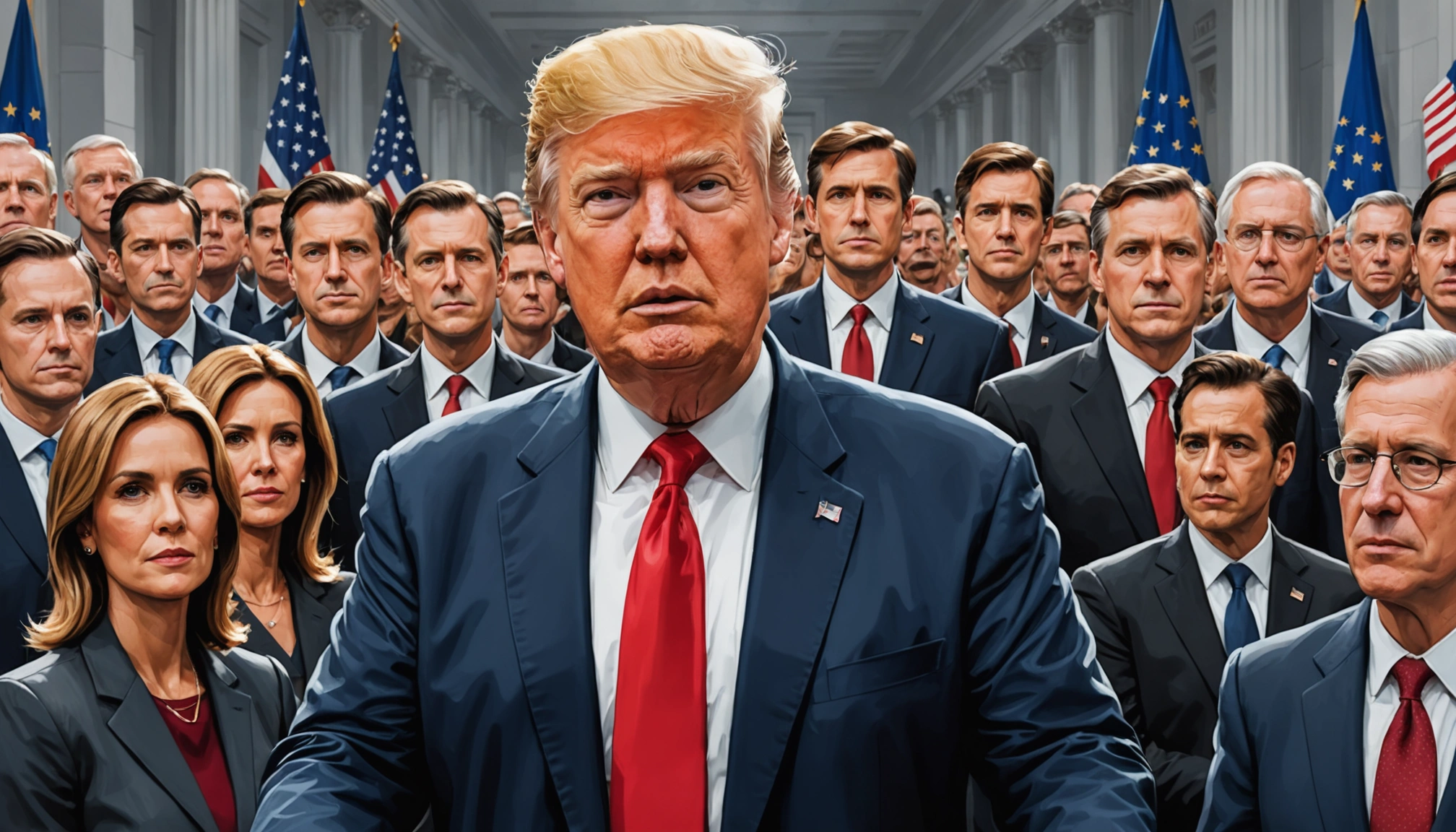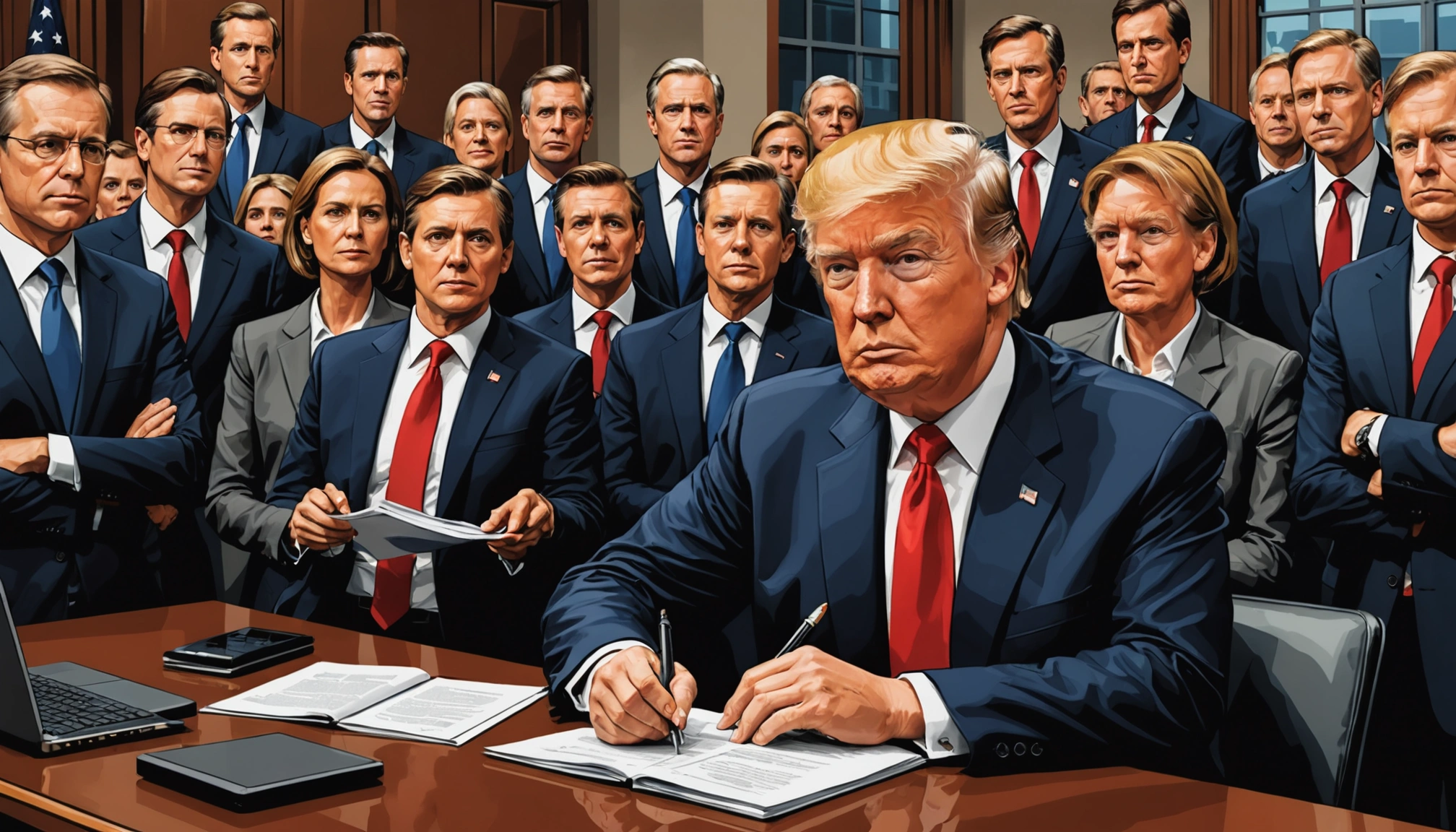US-China Trade Truce on Shaky Ground Amidst Export Controls and Tariff Disputes

Just weeks after a tentative trade agreement was reached, the United States and China find themselves once again at odds, raising concerns about the stability of their economic relationship and the potential for renewed trade tensions. Disputes over export controls, tariffs, and access to critical minerals are threatening to unravel the fragile truce established earlier this year.
Geneva Agreement Falters
In May 2025, negotiators from both countries reached an agreement in Geneva, aimed at de-escalating the trade war that had been ongoing for years. The agreement involved a reduction in tariffs by both sides, with the U.S. lowering tariffs from 145% to 30% and China decreasing its tariffs from 125% to 10%. This was seen as a positive step towards resolving trade imbalances and fostering a more stable economic environment.
However, the Geneva agreement quickly ran into trouble. China's continued restrictions on the export of critical minerals, particularly rare earth elements, sparked strong reactions from the U.S. These minerals are essential for various industries, including electronics, renewable energy, and defense. The U.S. responded by implementing export controls, preventing the shipment of semiconductor design software, jet engines, and other goods to China.
Rare Earths and AI Chips: A Contentious Exchange
The issue of rare earth minerals has become a major sticking point in the trade relationship. China controls a significant portion of the global rare earth supply chain, giving it considerable leverage in trade negotiations. The U.S. has expressed concerns about China's potential use of this leverage to restrict access to these critical materials.
Treasury Secretary Scott Bessent clarified that the recent agreement would not involve the U.S. easing export restrictions on high-end artificial intelligence (AI) chips in exchange for China lifting restrictions on rare earth exports. This statement underscores the U.S.'s determination to maintain its technological edge and prevent China from acquiring advanced technologies that could be used for military or strategic purposes.
New Deal Framework
Despite the recent tensions, President Trump announced a new trade deal framework with China, emphasizing tariff reductions and the removal of Chinese export restrictions on rare earth minerals. The deal also aims to allow Chinese students access to US universities. While details remain unclear, the agreement seeks to ease tensions and restore a fragile economic truce. Lutnick stated that the 55% tariff rate for Chinese imports is now fixed and unalterable.
Mutual Distrust and Unclear Implementation
Despite the agreement reached in London, many specifics of the deal and details for how it would be implemented remain unclear. The lack of transparency and lingering distrust between the two countries continue to pose challenges to the long-term stability of the trade relationship.
Business Uncertainty and Economic Impact
The ongoing trade tensions and the uncertainty surrounding the U.S.-China trade relationship are having a significant impact on businesses and the global economy. A recent survey by the Conference Board revealed that 83% of U.S. CEOs expect a recession in the next 12 to 18 months, reflecting the deep concerns about the economic outlook.
The World Bank has also lowered its global growth forecast for 2025, citing higher tariffs and heightened uncertainty as significant headwinds for nearly all economies. The trade disputes between the U.S. and China are disrupting supply chains, increasing costs for businesses, and dampening investment.
A Fragile Ceasefire
Christopher Johnson, a former CIA China analyst, characterized the tariff truce reached in Geneva as inherently fragile. He noted that both sides are keen to demonstrate their ability to exert pressure on the other, which increases the risk of the ceasefire unraveling.
The recent developments highlight the complex and delicate nature of the U.S.-China trade relationship. While both countries have expressed a desire to resolve their differences, significant challenges remain. The future of the trade truce will depend on the willingness of both sides to address their concerns in a constructive manner and to implement the agreements they have reached. Failure to do so could lead to a renewed escalation of trade tensions, with potentially serious consequences for the global economy.
Related Articles

EU Faces Uphill Battle Securing US Trade Pact Amid Trump's Tariff Threats

Myanmar's Rare Earths Boom: A Dirty Secret Fueling Green Tech
